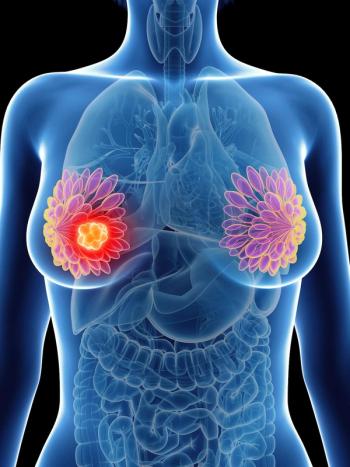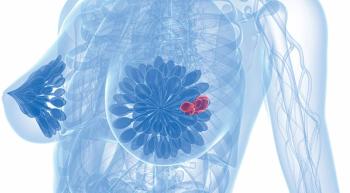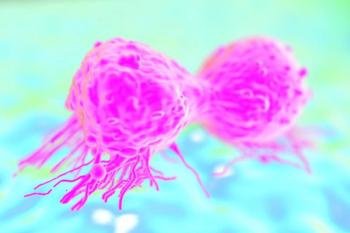
More Than Pamphlets Needed to Avert Lymphedema "Aftershock"
Lymphedema develops in nearly half of women treated for breast cancer, and the evidence is growing that upper body exercise is a good way to reduce the risk. Studies show that it's crucial to discuss this at the time of diagnosis, and to bring it up periodically afterwards.
As you convey the official diagnosis of breast cancer, very likely your patient has already been on the Internet reading about it. Very likely also, even before the treatment that puts her at risk, she is already dreading lymphedema (LE) of the arms and its consequences: discomfort, disability, and disfigurement.
It's difficult to assess individual risk of lymphedema, because methods of measurement vary, as do risk factors. A prospective study of breast cancer survivors in Australia found that
Which patients deserve your special focus on reducing the risk of LE? The Australian study found that age over 50, lower income status, mastectomy, and extensive lymph node surgery are
The critical moment
The time of diagnosis is the moment to inform a patient that, in order to avoid LE, she should begin appropriate exercises after treatment, under the guidance of a therapistknowledgeable about LE. And she'll need regular reminders after treatment.
It's probably unwise to counsel her to avoid any lifting altogether, according to a recent study in JAMA, which found that with appropriate guidance,
Along with manual lymphatic drainage, exercise has always been part of complex decongestive therapy, which is the gold standard of treatment for LE. But the evidence is ever stronger that exercise and early physiotherapy can reduce the risk of post-treatment LE developing in the first place. The problem appears to be overcoming the many factors that deter patients from following through on that knowledge.
A
Lack of time, energy, and support
Sadly, education alone is not likely to be enough to motivate women to undertake the self-care routines necessary to reduce their risk. Jane Armer and coauthors from the University of Missouri School of Nursing have analyzed why women don't follow the recommended self-care programs. The main reasons would not surprise any physician; they come down to emotions, lack of time and energy, and forgetfulness. Hence, at least, the need for regular reminders, and for motivational support.
A more basic problem is the matter of money. Third-party payment for any interventions aimed at reducing LE after breast cancer treatment (let alone avoiding it) is "very limited," says Armer. Medicare places time limits and excludes items such as compression bandages and support garments. Armer is part of a task force lobbying for legislation to improve Medicare coverage for LE risk-reduction programs, including mandated education about home self-care. Meanwhile, a standard for training programs for providers is in development, and an
A
Exactly what exercises should be done? Few studies give all of the details (though all have used skilled therapists). The
Newsletter
Stay up to date on recent advances in the multidisciplinary approach to cancer.


















































































